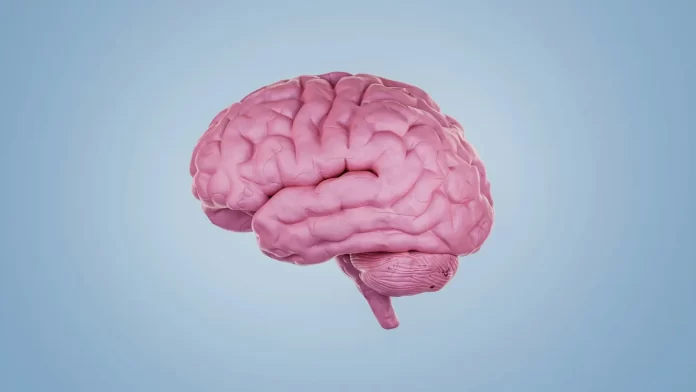Research Says Bigger Animals Don’t Always Have Bigger Brains: Reading, Scientists have traditionally assumed that the bigger an animal is, the larger its brain. However, our newest study calls into question the nature of that linear paradigm and uncovers fresh information about how brain size and body size evolved together.
The shape, size, and internal structure of the brain vary dramatically amongst animals. While brain size is commonly associated with cognitive capacity, it varies significantly depending on the size of the animal.
As an animal grows in size, so does its brain, but not in direct proportion; it is not a one-to-one relationship. This phenomenon is known as allometric scaling.
Mammals’ body sizes range from small bumblebee bats weighing less than two grammes to the largest animal to have ever lived, the several-tonne blue whale. To say anything meaningful about how variations in brain size emerged, we must first understand how body size and brain size evolved together.
This is what our latest study attempted to do. We performed powerful computer analysis on a dataset containing over 1,500 animal species and their brain sizes. We explored how brain size has developed in proportion to animal size.
Our findings indicated a very basic evolutionary pattern involving brain and body size. We discovered that the relationship between brain and body size is curved, rather than linear, as previously supposed. When the body size reaches a particular point, it plateaus.
Previously, researchers had puzzled over the wide variation in the brain-body size relationship. For example, the link appeared to be steeper in some animal groups than in others.
The link between brain and body size is weaker across species in the same family than between species in the same order.
We looked at the data again to see why some large animals’ brain size decreases. Surprisingly, we found that the high energy cost of keeping a huge brain does not explain this constraint. It is not related to neuron density, which may allow for increased processing capability without the need for a larger brain.
As a result, the processes underlying this component of our findings are currently unknown.
However, our research enabled us to identify mammal species that are outliers in the brain-body size connection. To accomplish this, we employed an analysis method that identified species and lineages with extremely rapid brain size fluctuations.
One of these fast evolving lineages is our own species, Homo sapiens. We discovered that our enormous brains evolved at a rate more than 20 times quicker than that of all other animal species, resulting in the massive brains that define humanity today.
The fact that humans are outliers in a mammal-wide pattern is consistent with our abilities to use tools, construct houses, create music, and live in sophisticated civilizations. Humans are not the only creatures to deviate from the norm.
We discovered many species across the mammalian tree of life that have rapidly increased their brain size, including rats, bears, dolphins, and elephants, all of which are known for their sharp intelligence. Other species include wallabies, marmots, and quolls.
In contrast, when bats initially emerged, we saw a significant increase in the pace of brain reduction. However, brain size has developed steadily over the next 50 million years. This could indicate some form of constraint on brain size in bats, possibly imposed by flight.
Carnivores, rodents, and primates were the most likely to exhibit fast changes in the relative size of their brains. In all three groups, rapid changes nearly always result in correspondingly larger brains.
This theory, known as the Marsh-Lartet rule, suggests that relative brain size increases over time in mammalian evolution. However, our models indicate that this is not a universal phenomenon observed in all animals.
Even among close relatives, the three mammal families where the trend holds are markedly different in terms of behaviour and ecology. They include some of the most social species, including humans, mole rats, and meerkats.
Primate brain size has constantly been increasing. The brains of the first primates were around 0.5% the size of their bodies. Eventually, increased brain expansion resulted in our own enormous brains.
Our results suggest that occasionally a simple explanation is sufficient to explain the intricacies observed in nature. However, natural selection is an intrinsically complex process. Animals that developed ahead of the curve have frequently broken the curved link between brain and body size, as has any other rule. AMS


































